CARLOS MIGUEL PRIETO MUSIC DIRECTOR
melody rhythmdynamics form tempo texture finale introduction
what makes music,
Made possible by
The Bastian Family Charitable Foundation

NORTH CAROLINA SYMPHONY EDUCATION SUPPORTERS
These concerts are made possible by a generous grant-in-aid from the State of North Carolina; the Honorable Roy Cooper, Governor; and D. Reid Wilson, Secretary, North Carolina Department of Natural and Cultural Resources. NCS also gratefully acknowledges the following supporters:
EDUCATION SUSTAINERS
EDUCATION BENEFACTORS
EDUCATION PATRONS
The Bastian Family Charitable Foundation
Anonymous, Anonymous Trust / Simple Gifts Fund


EDUCATION PARTNERS
Mark and Gayle Acuff
Anonymous Fund
APCO Worldwide
Avidex
The Backyard Foundation
Bailey Endowment, Inc.
Bailey’s Fine Jewelry
Balsam Mountain Preserve Gift Fund for Jackson County
The Harold H. Bate Foundation
Bertsch Family Charitable Foundation, Inc.
The Borden Fund, Inc.
BridgePoint General Contracting
R.A. Bryan Foundation, Inc.
Mary Grey Burney Foundation
Carolina Hurricanes
Carteret Community Foundation
celito
The Cole Foundation
Mr. and Mrs. Jeffrey A. Corbett
Craven County Community Foundation
Edna Williams Curl and Myron R. Curl Charitable Fund
Dr. Albert Joesph Diab Foundation
The Dickson Foundation, Inc.
Dover Foundation, Inc.
Drucker + Falk
William C. Ethridge Foundation, Inc.




Ron & Nancy McFarlane

The Mildred Sheffield Wells Charitable Trust

Catharine Biggs Arrowood, Joseph C. and Diane Bastian, The Hillsdale Fund, Robert P. Holding Foundation, Inc., The Krasberg Mason Foundation, Samuel P. Mandell Foundation, James J. and Mamie R. Perkins Memorial Fund, Eddie and Jo Allison Smith Family Foundation, Inc., Chris and Kalesia Woody, Mrs. Darliene Woolner, Youths’ Friends Association Inc.
The Lundy Fetterman Family Foundation Trust
First Citizens Bank
Fox Rothschild LLP
Franklin County Community Foundation
George Foundation, Inc.
Girl Scouts—North Carolina
Coastal Pines
Gipson Family Foundation
Gregory Poole Equipment
The Hellendall Family Foundation of North Carolina
Mr. Terry A. Henderson
HH Architecture
Hickey Family Foundation
Hitachi Astemo
Bill and Susan Hodges
Yaoqing & Shouying Huang Family Foundation
Iredell County Community Foundation
John and CeCe Kennedy
William R. Lampe
Sandi Macdonald & Henry Grzes
Dawn and Gregg MacLaren
Jane McNair Marr
Dr. Neil McLeod
Moore County Community Foundation
NACEO: National Association of Chief Executive Officers
New Bern Rotary Charitable Foundation, Inc.
North Carolina Symphony Boards of Trustees
O2 Fitness
Onslow County Government
Outer Banks Community Foundation
Poole Family Foundation
Mr. and Mrs. James Arthur Pope
W. Trent Ragland, Jr. Foundation
Raleigh Fine Arts Society, Inc.
Rete Mirable Fund
Florence Rogers Charitable Trust
E.T. Rollins, Jr., and Frances P. Rollins Foundation
Mrs. Frances P. Rollins
The Norman and Rose S. Shamberg Foundation
Mr. and Mrs. Henry L. Smith
Smith Anderson
David Sontag
Southern Bank Foundation
Sandra L. Sully
TCHROA: Triangle Chief Human Resources Officers Association
The Titmus Foundation
UNC Health
VACO
Vance County Community Foundation
Isabel Villa-Garcia
Alex and Barbara Wilson Charitable Foundation, Inc.
Margaret C. Woodson Foundation
MUSIC EDUCATION ENDOWMENT FUNDS
The Joseph C. and Diane E. Bastian Fund for Music Education
The Ruby and Raymond A. Bryan Foundation Fund
The Jeffrey and Jean Corbett Endowed Fund for Music Education
The Marilyn Ehrenshaft and John Williamson Young Musician Master Class Endowed Fund
The Mary Whiting Ewing Charitable Foundation Fund
The Hulka Fund for Chamber Music
The Janirve Foundation Fund
The Elaine Tayloe Kirkland Fund
The Gwinn Marie Moss Endowed Fund in Memory of Violet Kilgore Tillery
The Ina Mae and Rex G. Powell Wake County Music Education Fund
The Jennie H. Wallace Music Educator Award Fund
SCHOOL SYSTEM SUPPORTERS
Chapel Hill-Carrboro City Schools
Cumberland County Schools
Durham Public Schools
Edgecombe County Public Schools
Harnett County Schools
Johnston County Public Schools
Lee County Schools
New Hanover County Schools
Orange County Schools
Wake County Public School System
Supporters are current as of July 2024
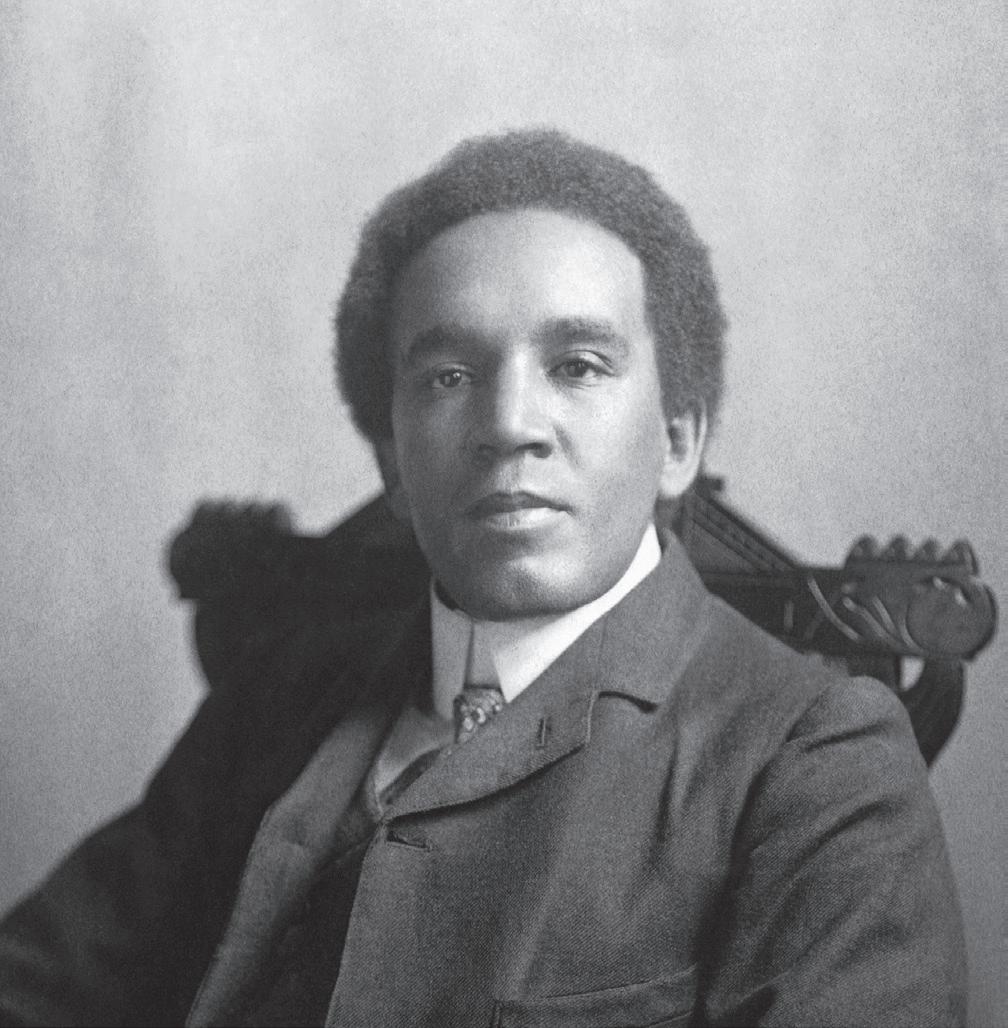
FUN FACTS
• Coleridge-Taylor’s hometown of Croydon voted on its three most famous residents to honor statues in the town square, and he won the vote!
• His American tour was so successful that public schools in Maryland and Kentucky were named after him.
• Critics called the premiere of the first cantata in The Song of Hiawatha “one of the most remarkable events in modern English musical history.”
FEATURED WORK
African Suite, Op. 35, No.4
Samuel Coleridge-Taylor
BORN: August 15, 1875, Holborn, England
DIED: September 1, 1912, Surrey, England
BIOGRAPHY
Samuel Coleridge-Taylor was born in London to an English mother and a father from the West African country of Sierra Leone. He was musically gifted from an early age and studied at the Royal College of Music beginning at age 15. Originally a violinist, Coleridge-Taylor also wrote orchestral, piano, choral, and operatic works which were popular enough to take him on tour throughout the United States. He even received a White House invitation from President Theodore Roosevelt in 1904.
Coleridge-Taylor’s music draws heavily on the African rhythms, melodies, and folk songs of his father’s side of the family. His most famous work, The Song of Hiawatha, a set of choral pieces based on an epic poem by Longfellow, won him worldwide acclaim and received yearly performances in London from 1918-1939. Even though he died young, at the age of 37, his music is still played and loved by many people today. He is remembered for his beautiful compositions and for showing how music can bring different cultures together.

dynamics
The softness or loudness of the sound
FEATURED WORK
Symphony No. 4 in B-flat Major, Op. 60, I. Adagio-Allegro vivace
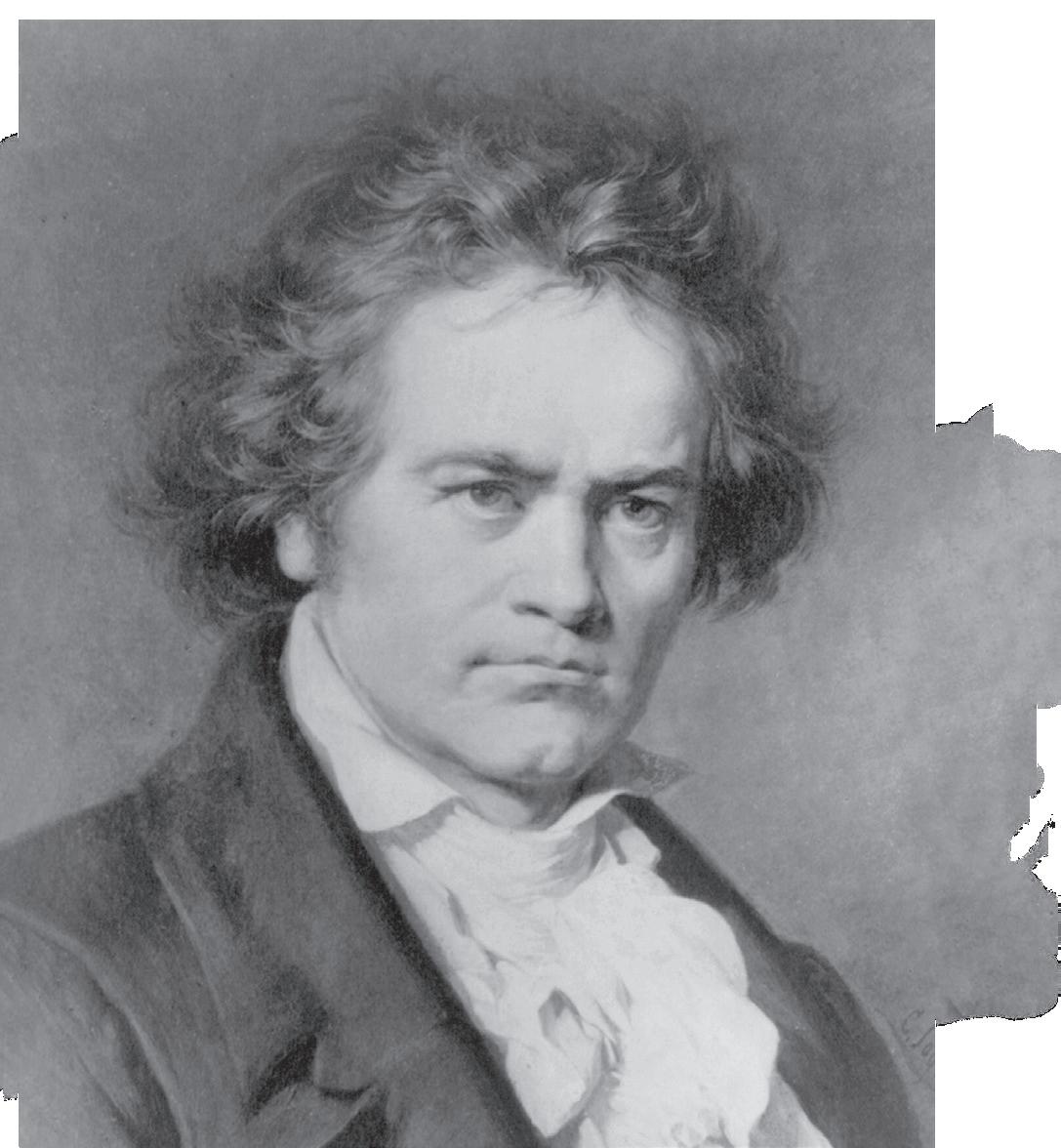
FUN FACTS
• Beethoven’s favorite foods were macaroni and cheese, red herrings, and bread and egg soup.
• He was very fond of nature and often took long walks in the countryside to find inspiration.
• More than 20,000 people lined the streets of Vienna for Beethoven’s funeral procession.
Ludwig van Beethoven
BORN: December 1770, Bonn, Germany
DIED: March 26, 1827, Vienna, Austria
BIOGRAPHY
The great German composer Ludwig van Beethoven transformed Western music—writing amazing symphonies, piano works, and string quartets—by connecting the Classical and Romantic musical periods. He grew up in a broken home, but his remarkable skills at the piano earned him the chance to study with composer Joseph Haydn in Vienna at the age of 18. Soon, he impressed audiences with a performance and composition style that was more emotional, aggressive, and passionate than any musician that had come before.
Beethoven’s output is divided into three broad categories. His early works (1785-1800) are exciting and joyful. However, Beethoven began to go deaf at the end of this period, which inspired greater emotional depth in his music. His middle works (1800-1815) are among his most famous pieces, including his Symphony No. 3 and Symphony No. 5, marking the beginning of the Romantic period. Beethoven’s late period (1815-1827) consists of works often mysterious and experimental, such as his Symphony No. 9 and the late string quartets. Even though he was completely deaf by this time, his music continued to be powerful and express deep emotions.
Jerod Impichchaachaaha’ Tate
BORN: July 25, 1968, Norman, Oklahoma
BIOGRAPHY
Jerod Impichchaachaaha’ Tate is a Chickasaw classical pianist and composer. Born in Oklahoma, Tate grew up surrounded by music. His mother was a classical pianist, and his father was a Chickasaw tribal leader, so he experienced a mix of traditional Native American culture and classical music from a young age. Tate was the founding composition instructor for the Chickasaw Summer Arts Academy and has taught composition to Native American students in several American and Canadian communities.
Tate started playing the piano when he was very young and later studied music at the Cleveland Institute of Music. He became a composer, writing music that blends classical styles with Native American themes and stories. His compositions often include traditional Native American instruments and melodies, making his music unique and special.
Tate expresses his native culture through his compositions, in the form of ballet, opera, and symphonic music. He has worked with the language of other Native American tribes besides the Chickasaw, including the Navajo, Cherokee, and Creek. Tate has been commissioned to compose pieces for many North American orchestras and organizations, and his music is performed worldwide.
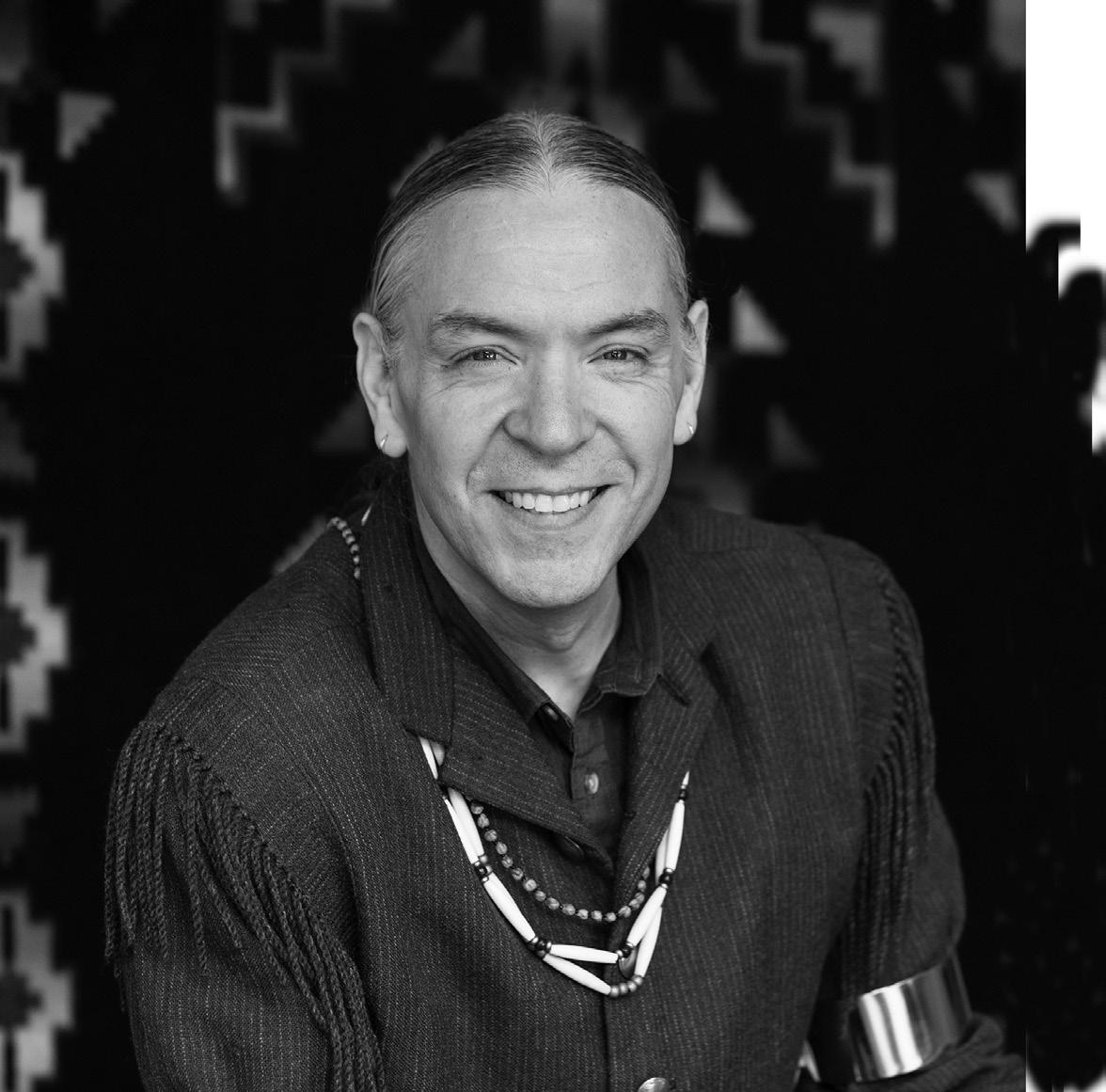
FUN FACTS
• Tate’s middle name, Impichchaachaaha’, is his inherited traditional Chickasaw house name and means “their high corncrib.”
• He has received many awards for his music, including being honored by the Oklahoma Music Hall of Fame and the Governor’s Arts Award. His work is celebrated for its creativity and cultural importance.
• He released an album, Lowak Shoppala’ (Fire and Light), which depicts different scenes from Chickasaw history and parts of Chickasaw culture.
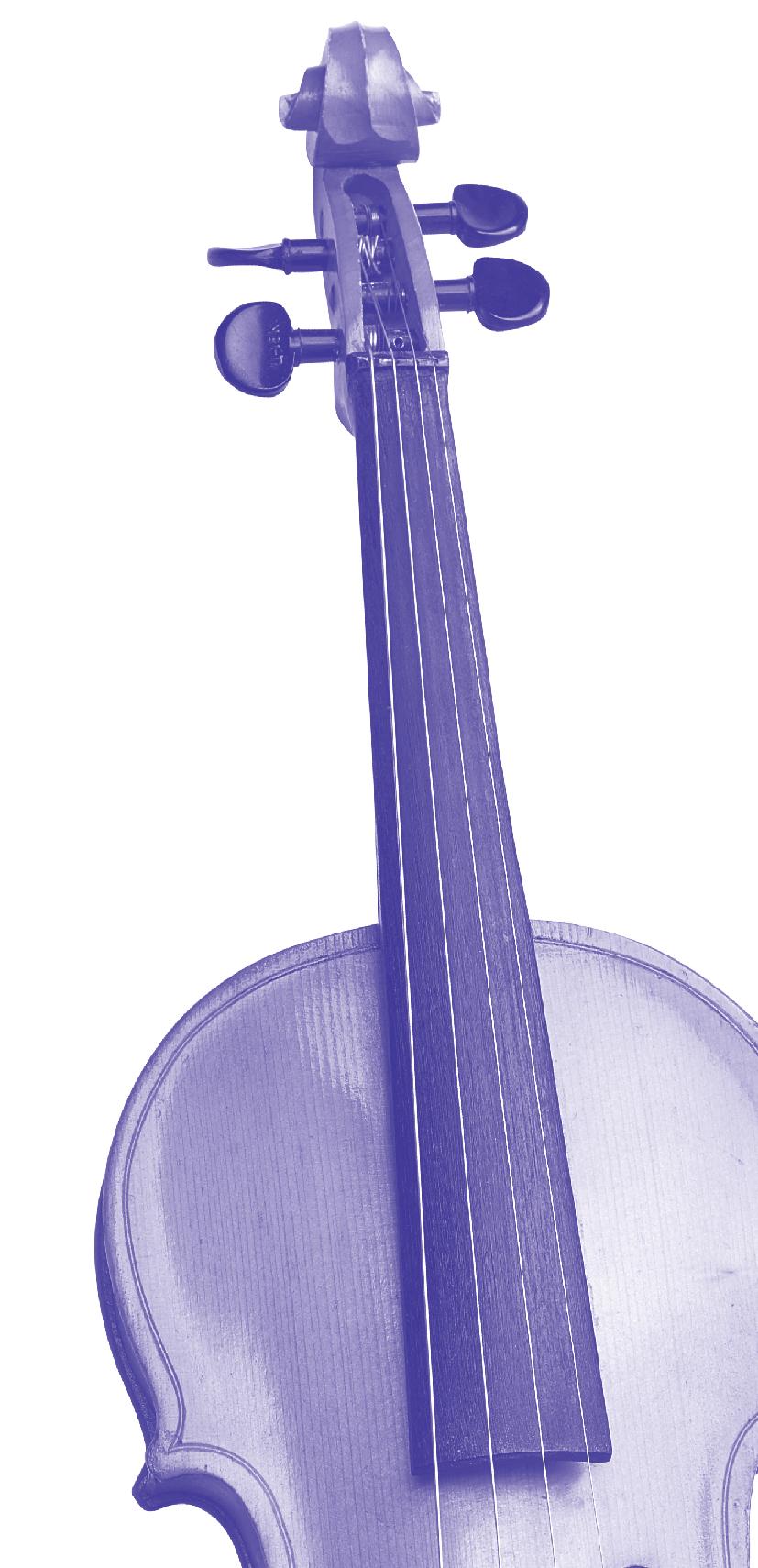
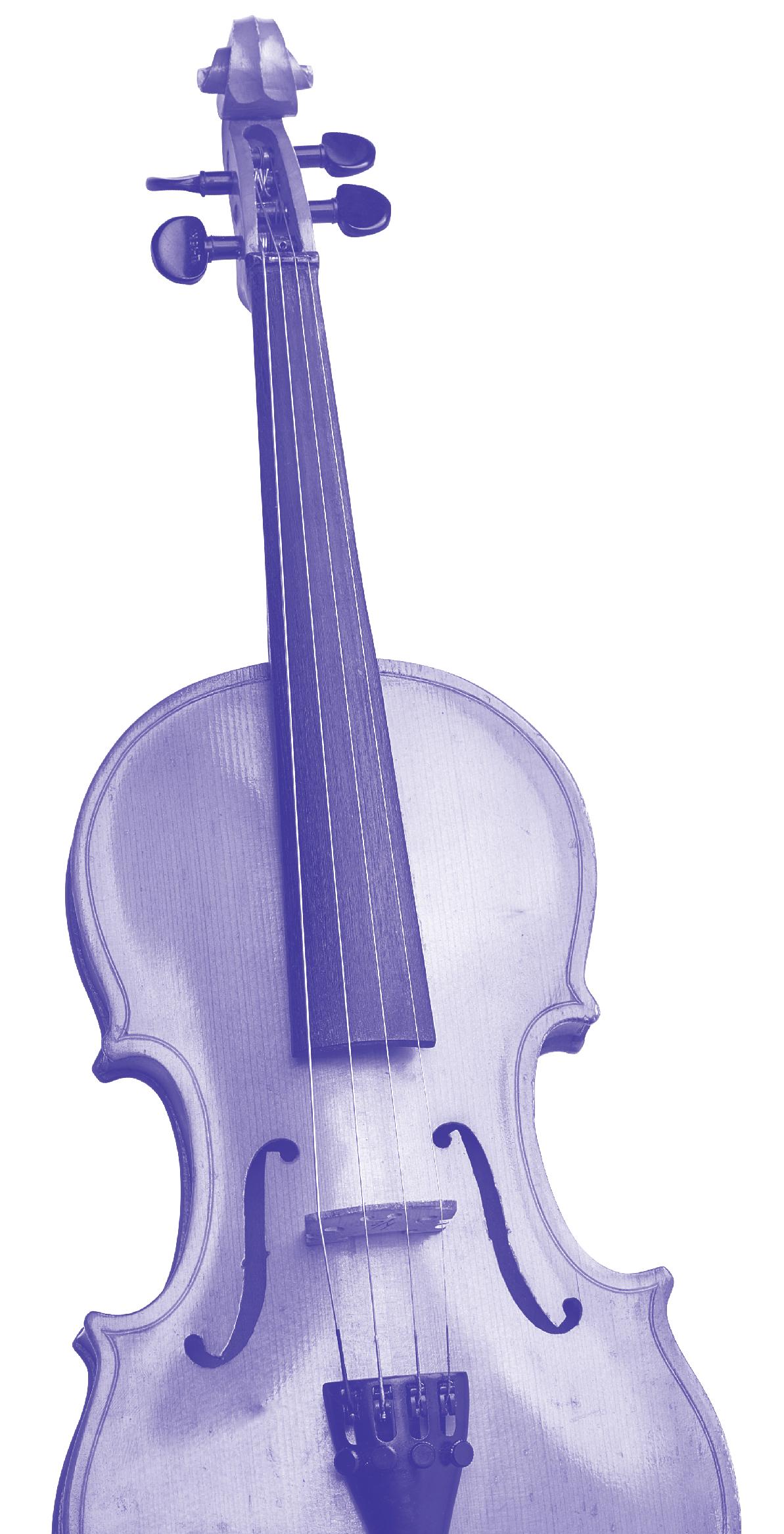

A pattern of notes of varied lengths and accents...the beat or the pulse of the music
FEATURED WORK
Chokfi’
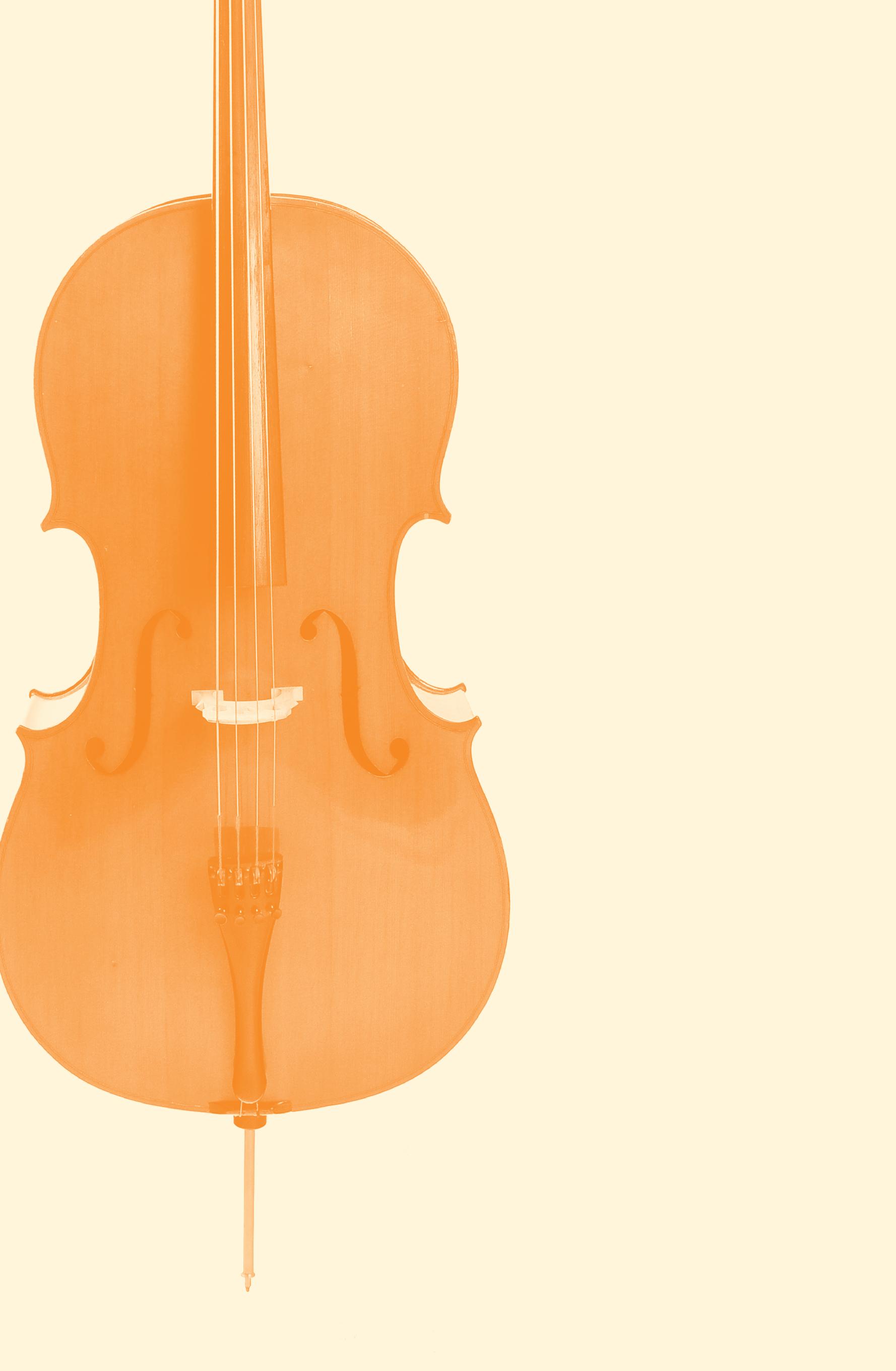
How the sections of music are put together...the structure form
A B A C melody tempo finale rhythm texturedynamics introduction
A B A C A B A
FEATURED WORK Waltz from The Sleeping Beauty Suite
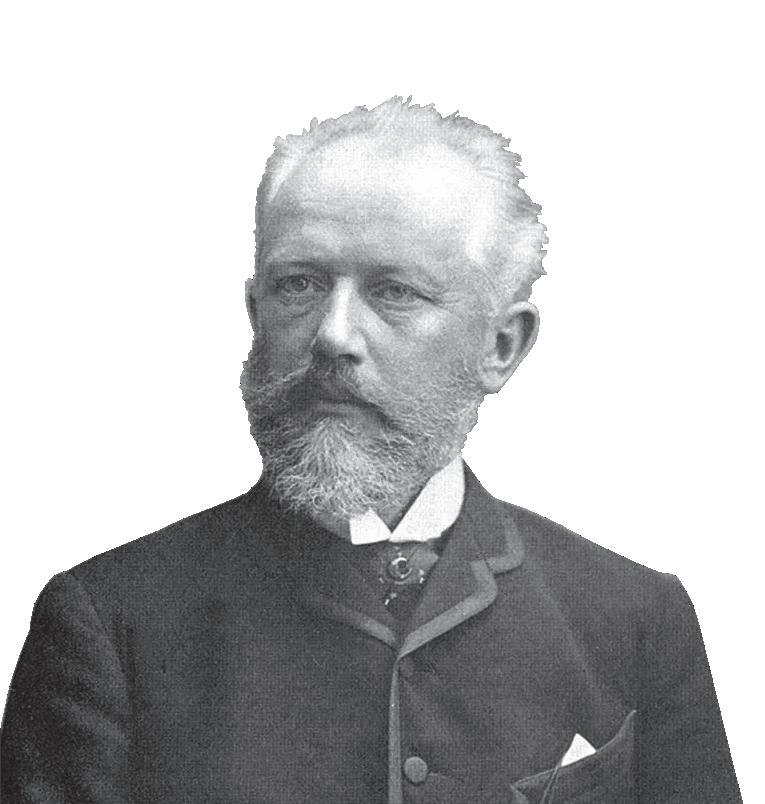
AFUN FACTS
• Tchaikovsky’s favorite ballet he composed was The Sleeping Beauty, written in 1889.
• He is perhaps most famous for his ballets, including The Nutcracker, Swan Lake, and The Sleeping Beauty.
• Tchaikovsky could read Russian, French, and German by the age of six!
Pyotr Ilyich Tchaikovsky
BORN: April 25, 1840, Kamsko-Votkinsk, Russia
DIED: October 25, 1893, Saint Petersburg, Russia
BIOGRAPHY
Pyotr Ilyich Tchaikovsky was a Russian composer born in Kamsko-Votkinsk, a small industrial town in Russia. He was interested in music from a very young age, writing his own compositions and beginning piano lessons at the age of five. However, his parents wanted him to choose a more stable career, so Tchaikovsky followed their wishes, going to boarding school at the age of ten and later pursuing an administrative job.
In 1862, Tchaikovsky quit his job and became a full-time student at the St. Petersburg Conservatory, studying under famous musicians such as Nikolay Zaremba and Anton Rubenstein. After his graduation, he went to teach music theory at the Moscow Conservatory, but found the job difficult, as he was also pressuring himself to compose at the same time. Tchaikovsky retired from teaching and wrote many more concertos, symphonies, and ballets.
Juan Pablo Contreras
BORN: 1987, Guadalajara, Mexico
BIOGRAPHY
Born in Mexico in 1987, Juan Pablo Contreras is a Latin composer who works to incorporate Mexican folk music into classical orchestration. He began playing the piano when he was very young and quickly fell in love with music. He later studied music at the California Institute of the Arts and the Manhattan School of Music. His works have been performed around the world, and he is the youngest Mexican classical composer to be nominated for a Latin Grammy Award.
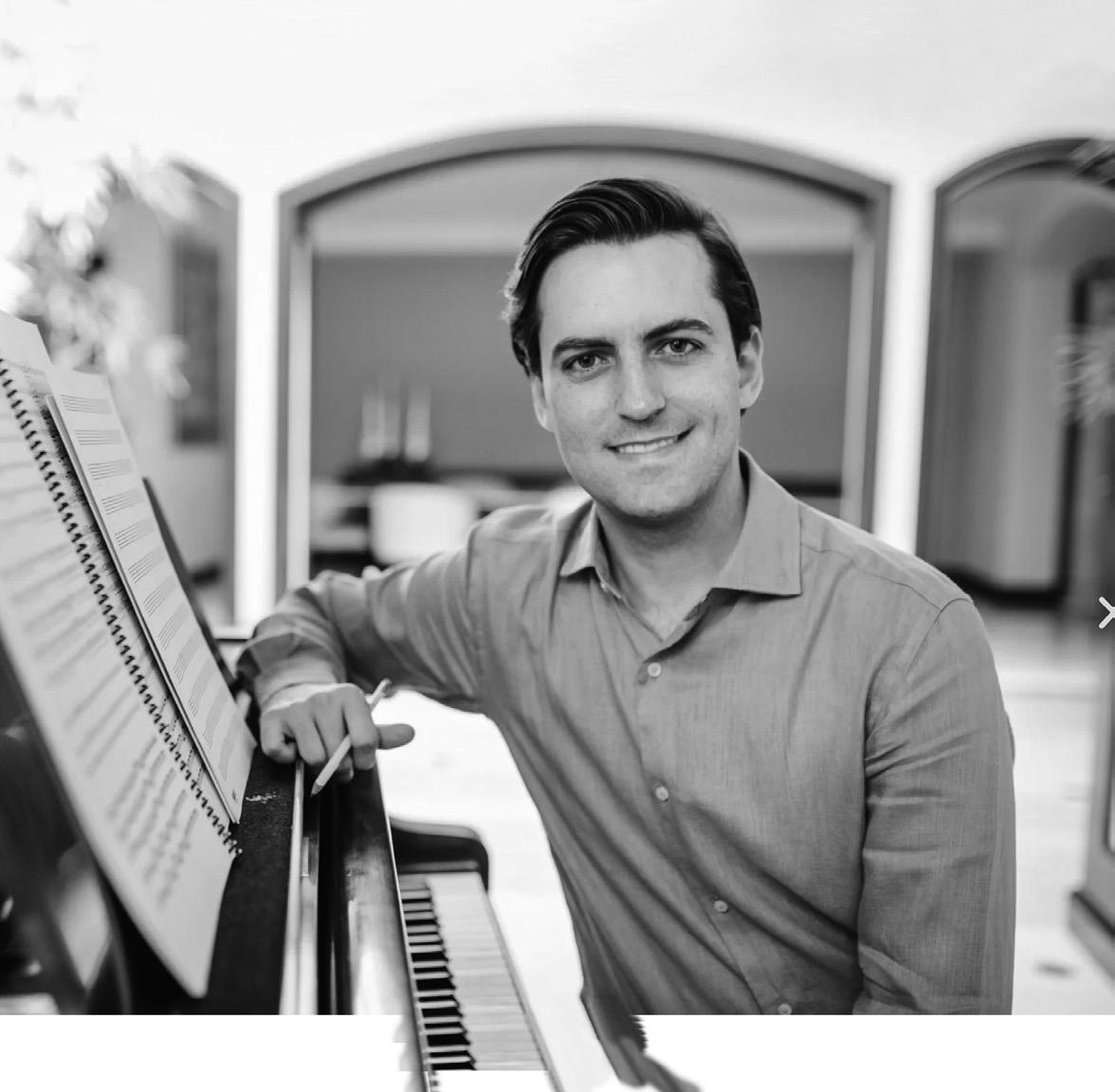
In 2023, when Contreras received the Vilcek Prize for Creative Promise in Music, he said “By writing music that brings Latinx culture to the fore, I seek to inspire orchestras to diversify their programming and become more inclusive institutions.” His works often include instruments like marimbas and mariachi bands, bringing the lively sounds of Mexico to the concert hall. Mariachitlán is one of his most famous pieces, celebrating the music and culture of his hometown.
FUN FACTS
• Contreras’s works have been performed by 40 major orchestras in the United States, Mexico, Austria, Slovakia, Colombia, Spain, Argentina, and Venezuela.
• Contreras currently teaches orchestration and music theory at the University of Southern California.

• His orchestral work, Lucha Libre! features six soloists that wear luchador masks; this piece is a nod towards Mexico’s wrestling culture.
The speed of the music...
how fast or how slow tempo melody form finale rhythm dynamicstexture introduction
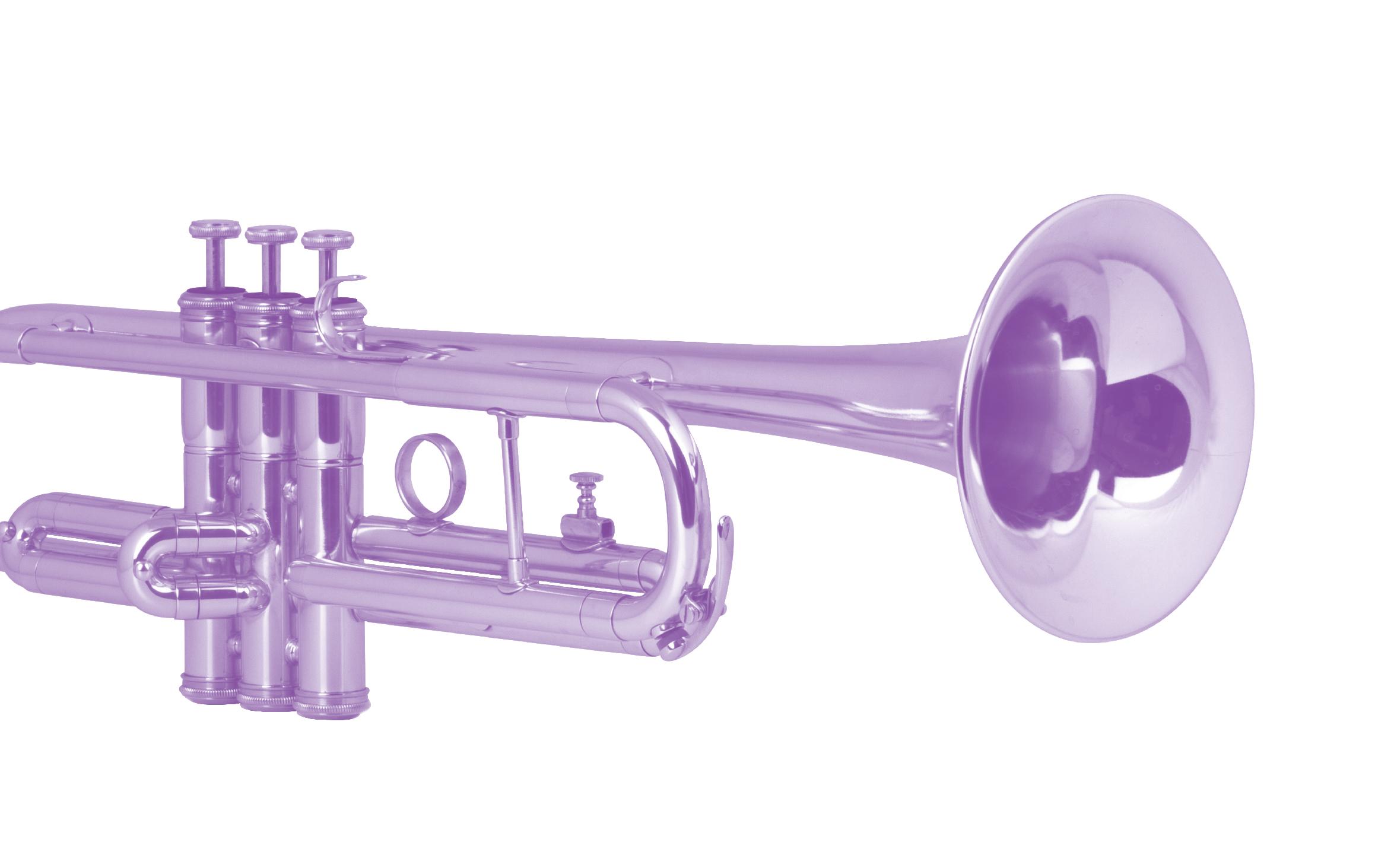
Andante

dynamics melody tempo finalerhythmformintroduction texture
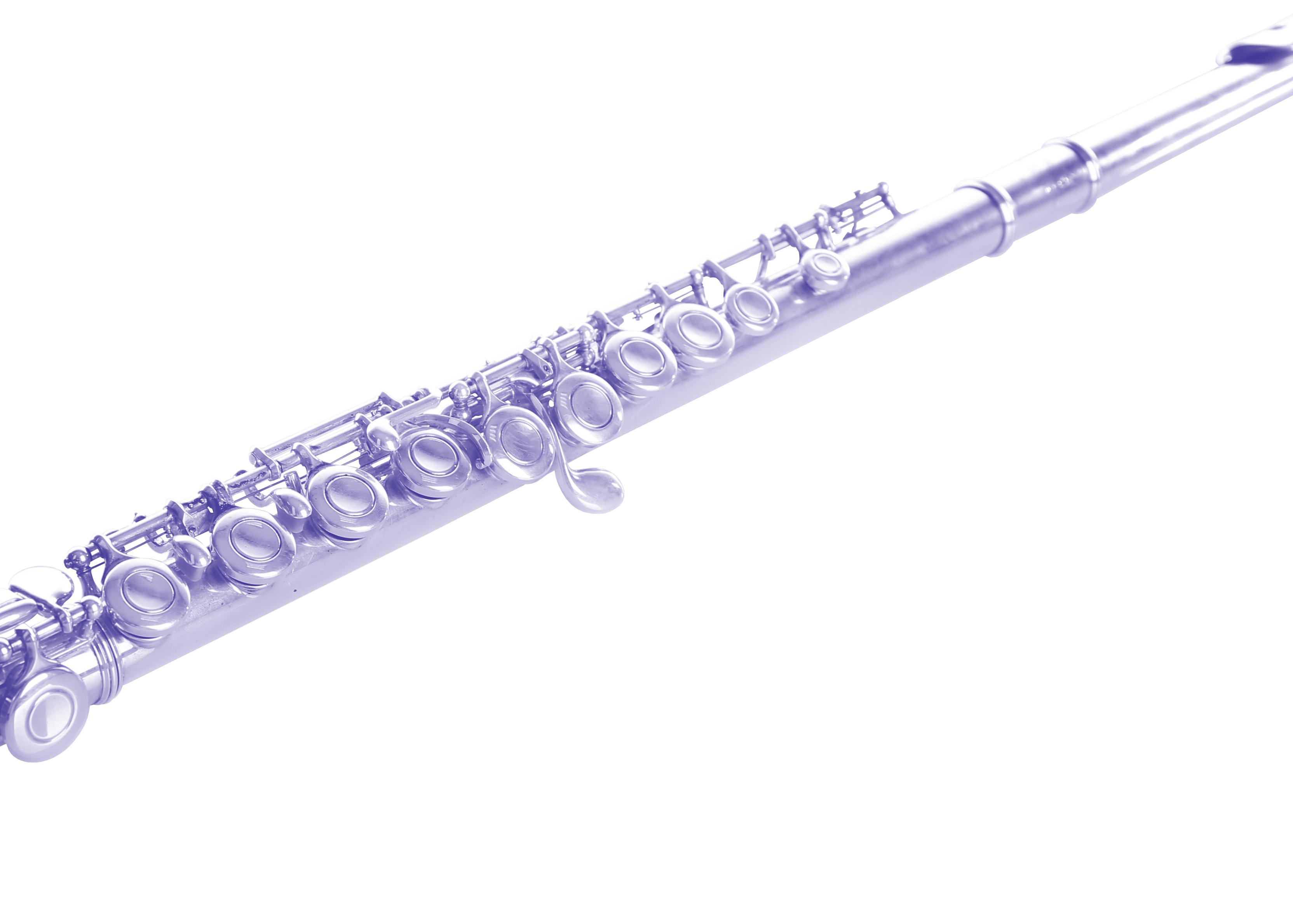
The overall sound of the instruments that are playing... it’s how the music feels
FEATURED WORK
Symphony No. 94 in G Major, II. Andante

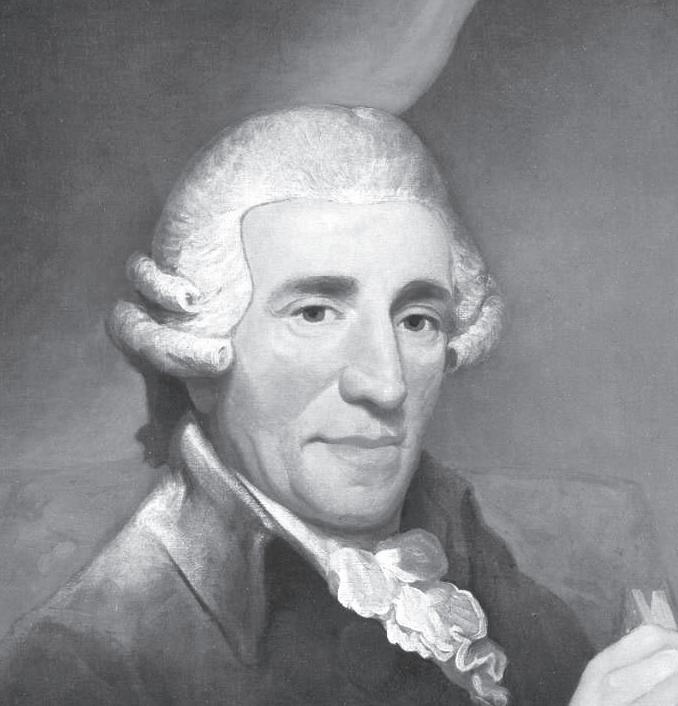
FUN FACTS
• Haydn had a great sense of humor and liked to play musical jokes. In his “Farewell Symphony,” he made it so musicians would leave the stage one by one until only two violinists were left, surprising the audience.
• Haydn was a friend and mentor to both Mozart and Beethoven.
• Joseph Haydn is often called the “Father of the Symphony” because he wrote over 100 symphonies and helped shape the symphony into what it is today.
Joseph Haydn
BORN: March 31, 1732, Rohrau, Austria
DIED: May 31, 1809, Vienna, Austria
BIOGRAPHY
Born in Austria in 1732, Joseph Haydn was an important composer in the development of the forms and styles for symphonies and string quartets. Demonstrating musical talent at a youthful age, Haydn became a choirboy at St. Stephen’s Cathedral in Vienna, where he received a lot of his early musical training. After his voice changed and he could no longer sing in the choir, he started working as a musician and composer. Haydn eventually became the court musician for the wealthy Esterházy family, where he wrote some of his most famous music.
He composed over 100 symphonies, 68 string quartets, and many other pieces for different instruments and voices. Some of his most famous works include the “Surprise Symphony” and the “Emperor Quartet.” Haydn’s music is known for its lively and cheerful melodies, as well as its creativity and innovation, and continues to be loved and played all over the world.
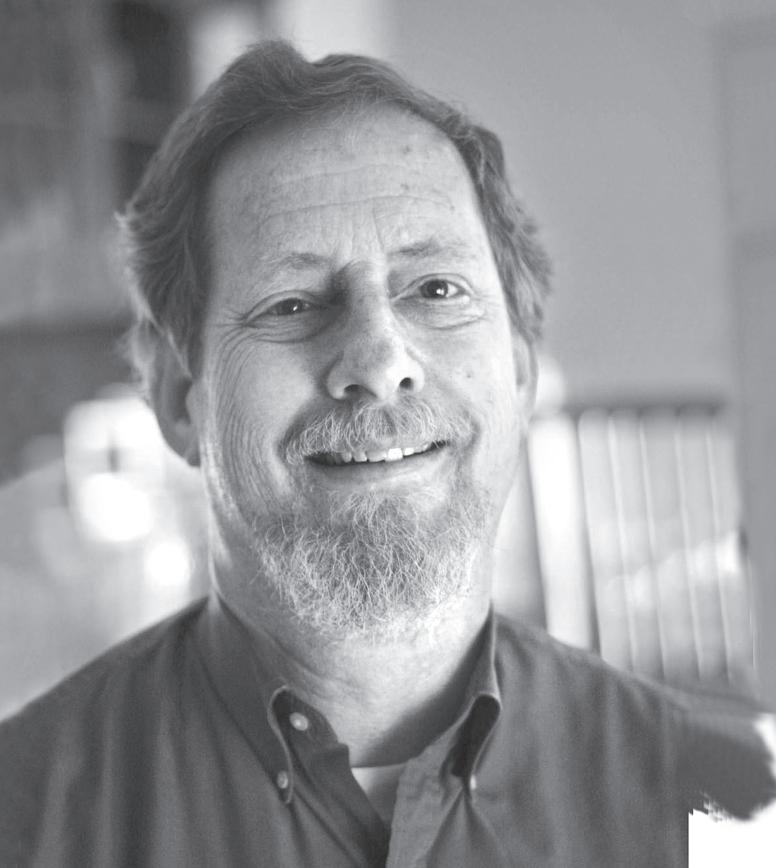
FUN FACTS
• Terry Mizesko was the North Carolina Symphony’s bass trombonist for 46 years.
• During his time with the North Carolina Symphony, he played for every music director except the founder, Lamar Stringfield.
• The North Carolina Symphony has performed his compositions and orchestrations in classical, pops, and education concerts throughout the state.
• He enjoys great art, good food, and spending time with his wife, who is a violist with the North Carolina Symphony, and their two children.
Terry Mizesko
BORN: September 21, 1946, Morehead City, North Carolina
BIOGRAPHY
The beloved song “America the Beautiful,” with music by Samuel A. Ward and music by Katharine Lee Bates, was arranged for the North Carolina Symphony by Terry Mizesko, who was bass trombonist for the Symphony from 1971–2017. He is a native of Morehead City, North Carolina, and a graduate of East Carolina University, where he studied composition and trombone. He also appeared as guest conductor with the North Carolina Symphony and with the Charlotte Symphony Orchestra in educational concerts. He taught trombone for more than 20 years at several area schools including Duke University, UNC-Chapel Hill, and St. Augustine’s University. He now devotes much of his time to composition and his family.
tempo dynamics textureform finalerhythm introduction melody
The main idea of the music... the line that you walk away singing
FEATURED WORK
“America the Beautiful”
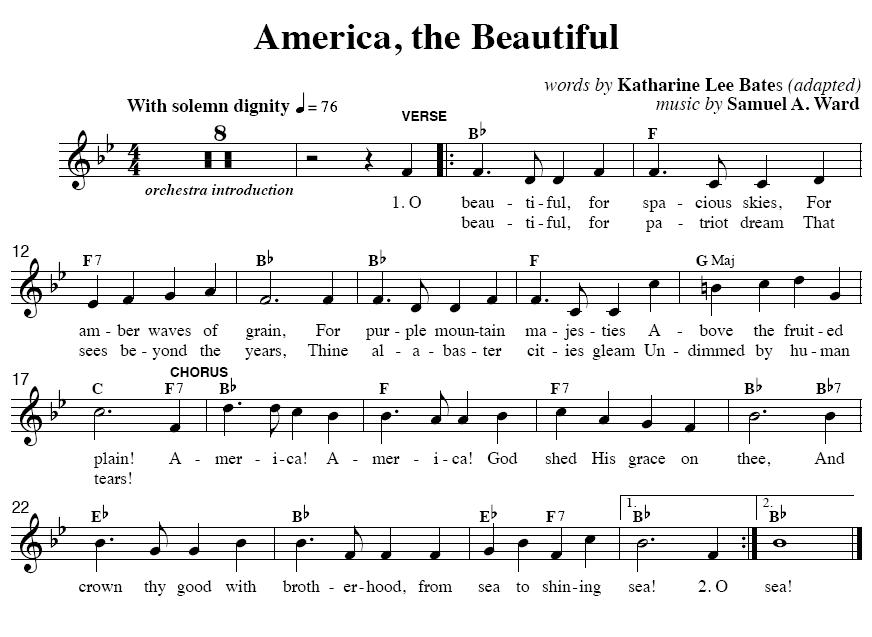
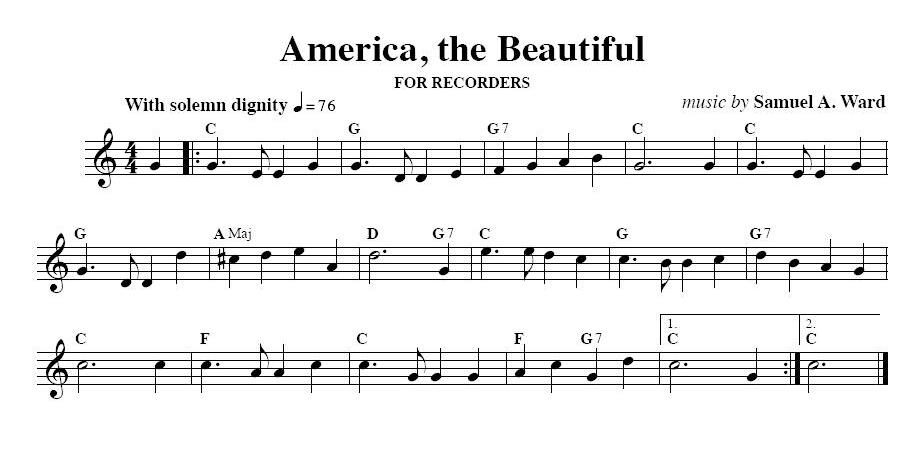
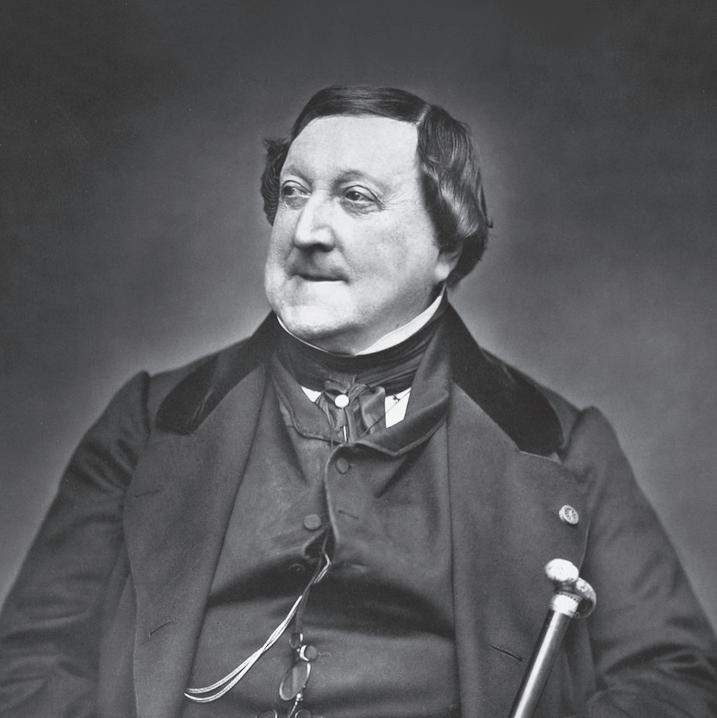
FUN FACTS
• Rossini is most well-known for his William Tell overture, which has been used in many television shows and movies, such as The Lone Ranger and A Clockwork Orange.
• He was known for composing music very quickly. He wrote his famous opera The Barber of Seville in just two weeks!
• He had a habit of overusing the crescendo during his pieces, earning him the nickname “Monsieur Crescendo.”
Gioachino Rossini
BORN: February 29, 1792, Pesaro, Italy
DIED: November 13, 1868, Paris, France
BIOGRAPHY
Gioachino Rossini was one of the most significant Italian composers in the early 1800s and was primarily known for his 39 operas. Born in Pesaro, Italy, Rossini grew up in a musical family; his father played the horn, and his mother was an opera singer. He showed a great talent for music from a young age, learning to play the piano and compose his own pieces.
In 1802, his family moved to Lugo, and Rossini studied music with a local priest. He wrote his first opera when he was just 18 years old. He quickly became very popular, writing many successful operas that were performed all over Europe. Some of his most famous operas include The Barber of Seville, Cinderella, and William Tell. His music is known for its lively, catchy tunes and playful spirit. He retired from composing operas at the age of 37, but his music continues to be performed and enjoyed by people all over the world.
